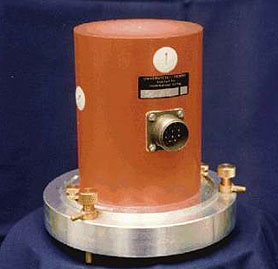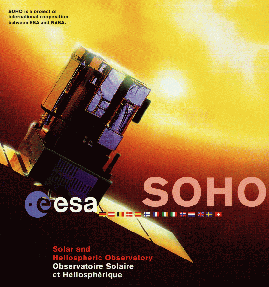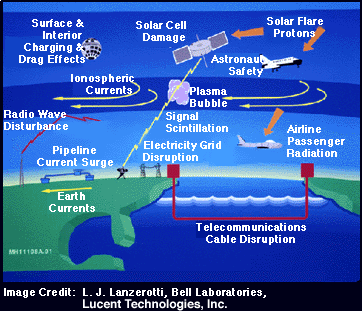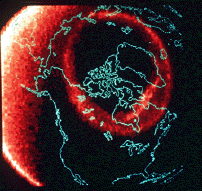Space Weather Forecast
Conditions in the Solar Wind and the Interplanetary
Magnetic Field, measured
by satellites roughly 45 minutes "upstream" or "sunward" of Earth, provide
us with early warning of storms headed towards our planet.
The dials below are maintained by scientists
from Rice University using data from the ACE
spacecraft.
 Space Weather
Space Weather
 Space Weather Today
Space Weather Today
You might also be interested in:

IMF stands for Interplanetary Magnetic Field. It is another name for the Sun's magnetic field. The Sun's magnetic field is huge! It goes beyond any of the planets. The Sun's magnetic field got its name
...more
Have you ever wondered what you are made of? Where did the elements come from that make up your body? The elements that make up your body are the same elements found on the Earth. Where did those Earth
...more
Scientists combine various techniques to study space weather. Earth-based and orbiting telescopes constantly observe the Sun in many different wavelengths. Both satellites and ground-based instruments
...more
What are the "parts" of the Sun? The photosphere is the visible "surface" of the Sun. The three regions of the solar interior are the core, the radiative zone, and the uppermost convective
...more
How do scientists measure space weather? Let's take a look! Scientists watch the Sun with special telescopes. Some of the telescopes are on Earth, while others are on satellites. Some of the telescopes
...more
Satellites and other spacecraft help us observe space weather. They collect data about the Sun, Earth's magnetosphere, Earth's atmosphere, and space weather throughout the rest of our Solar System. Spacecraft
...more
Although space weather forecasts are not normally featured on the evening news, space weather does impact life on Earth in many ways. Our modern, technologically complex systems - including communications,
...more
The study of space weather is a relatively young science. As such it has many unanswered questions and unsolved mysteries. Although some of our data relevant to space weather, such as sunspot counts, go
...more





















